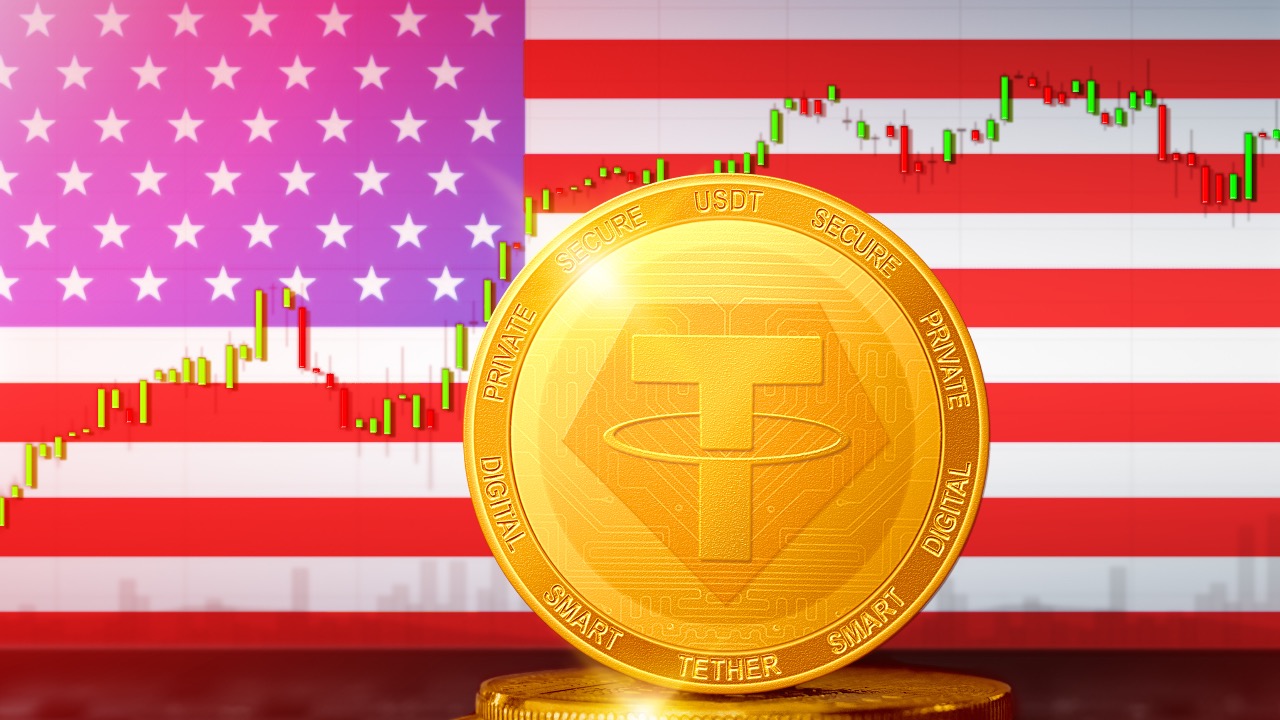The US Federal Reserve released its semi-annual Financial Stability Report on Monday. The report cites volatility in commodity markets as a result of the Russian attack on Ukraine, the spread of the omicron variant of the corona virus and “higher and more persistent inflation than expected” as causes of the instability.
Stablecoins and some types of money market funds were specifically mentioned in the report . These would threaten rushes. According to the US Federal Reserve, stablecoins are worth a total of $180 billion. Tether ( USDT ), USD Coin ( USDC ) and Binance USD (BUSD) account for 80 percent of this value . These are therefore backed by assets that could lose value or become illiquid under pressure. This would create risks in terms of repayment, and those risks can be exacerbated by a lack of transparency, the central bank said.
In addition, the increasing use of stablecoin in trades in other cryptocurrencies that use leverage could "increase volatility in terms of demand for stablecoins and increase redemption risks".
The report reflects the status as of April 25th. Since the US Federal Open Market Committee decided to raise interest rates by 0.5 percent on May 4, there has indeed been instability. Terra USD (UST) overtook Binance USD on April 18 to become the third largest stablecoin . Recently, however, the UST briefly lost its peg to the US dollar, falling to $0.67 on Tuesday. However, the USDT/BTC margin credit ratio remains bullish .
The US central bank report also summarized a discussion on central bank digital currencies (CBDCs). Most of the arguments put forward are already known. Here, the results from a previous Fed report from January were confirmed. It said a digital dollar in the US would best serve the country's needs if it offered privacy, identity verification, and was transferrable. The central bank reiterated its neutral position on the development of a CBDC for the United States.
My Top PicksHoneygain - Passive earner that pays in BTC or PayPalMandalaExchange -The Best no KYC crypto Exchange!
BetFury - Play And Earn BFG for daily Bitcoin and ETH dividends!
Pipeflare - Faucet that pays in ZCash and Matic, Games pay in DAIWomplay - Mobile dApp gaming platform that rewards in EOS and BitcoinCointiply - The #1 Crypto Earning SiteLiteCoinPay -The #1 FaucetPay earner for LitecoinLBRY/Odysee - YouTube Alternative that lets you earn Money by viewing videos!FaucetPay - The #1 Microwallet PlatformFREEBTC - The #1 FaucetPay earner for Satoshi'sFaucetCrypto - An earning/faucet site that pays out instantlyFireFaucet - An earning site that pays better for some than Cointiply
DogeFaucet - Dogecoin Faucet
xFaucet - BTC, ETH, LTC, Doge, Dash, Tron, DGB, BCH, BNB, ZEC, FEY - Claim every 5 minutes
Konstantinova - BTC, ETH, LTC, Doge, Dash, Tron, DGB, BNB, ZEC, USDT, FEY, 25 Claims Daily


Comments
Post a Comment